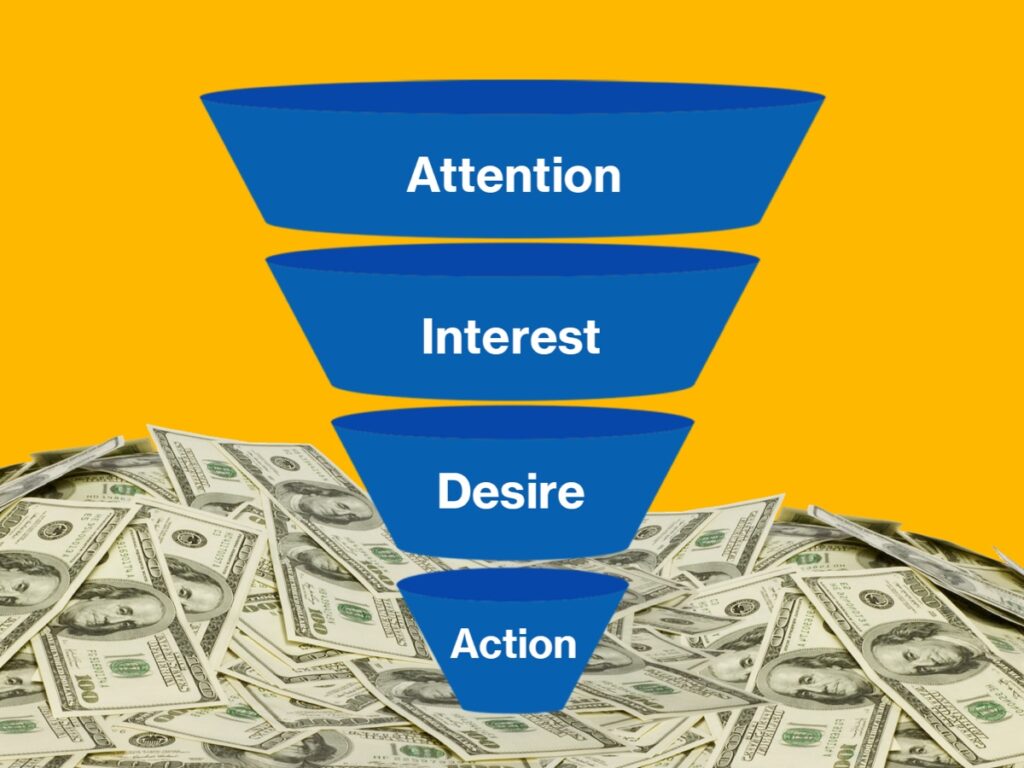From the MNTN Slack: What Netflix’s Q1 Report Signals About the Future of Streaming
by Cat Hausler
8 Min Read
CES 2024: Stagwell (STGW) and MNTN Announce Partnership in Unified Performance SolutionsLearn More

5 Min Read
Demand generation metrics and demand generation KPIs are crucial for marketers aiming to gauge the efficacy of their funnel strategies. These metrics provide insights into how well marketing activities convert interest into actionable business opportunities.
In this article, we will explore the top 10 metrics and KPIs that you need to monitor to optimize your demand generation funnel and drive business growth.
A marketing qualified lead (MQL) is a lead that your marketing team believes is likely to make a purchase. When an MQL is identified, the sales team takes over to move them further down the funnel. Tracking MQL conversion can help you gauge whether you are reaching the right audience with your marketing efforts.
A sales qualified lead (SQL) is a lead that your sales team believes is ready to make a purchase. Tracking SQL conversion can help you find any cracks in your sales funnel that customers slip through. You can track the percentage of MQLs that turn into SQLs as well as the number of SQLs that turn into customers.
To calculate cost per lead (CPL), divide the amount you spend on marketing by the number of leads generated. You can track the CPL for a specific campaign, time period, or marketing channel. Regular CPL calculations can help you decide if your marketing budget is being well spent.
A similar metric for performance TV or social media video ads is the cost per completed view (CPCV), which breaks down your spending by how many people view the entire ad.
Cost Per Acquisition (CPA) tells you how much it costs to acquire one new customer. CPA is similar to CPL, but instead of dividing by the number of leads generated, you divide by the number of new customers acquired.
Customer Lifetime Value (CLV) represents the amount you can expect a customer to spend on your business during their lifetime. In order for a marketing investment to be worthwhile, your CLV must be higher than your CPA. You must know two things to calculate CLV:
CLV is calculated by multiplying the ACV by the ACL. It’s important that these two figures use the same measurement of time so that your calculations will be accurate. For instance, if you calculated ACV per year, then your ACL should also be measured in years.
Return on Investment (ROI) is a percentage that offers a big-picture assessment of how cost-effective your demand generation efforts have been. Calculating ROI is more complicated than other metrics because the exact formula will vary based on your goals and marketing investments. Another name for ROI, particularly in the context of connected TV advertising, is Return on Ad Spend (ROAS).
The close rate per channel, or conversion rate (CVR) by channel, is the percentage of viewers, readers, visitors, or users who complete a certain action. What counts as a conversion can — and should — vary by marketing channel.
For instance, the goal of social media video ads might be to grow your online following. To calculate your CVR in this case, divide the number of new followers by the number of people who viewed the ad.
The length of your marketing cycle shows how long it takes you to acquire a new customer. To calculate marketing cycle length, you must determine the average amount of time between your first contact with a potential customer and their first purchase—or whatever counts as a conversion for your purposes.
Average deal size is the average amount your customers spend per transaction. You can calculate this by dividing your total revenue over a certain period of time by the number of deals, or transactions, completed during that period.
Contribution to total revenue refers to the amount or percentage of revenue that can be attributed to a specific campaign or activity. This calculation will help you determine whether your demand generation efforts have a good ROI so that you can make adjustments as needed.
If a picture is worth a thousand words, then a video is worth a thousand pictures—and Connected TV advertising is one of the best to get your video in front of potential customers.
Connected TV advertising delivers your videos via Connected TV apps and devices. This includes smart TVs, streaming apps, and gaming consoles. It can be fully integrated into Google Analytics and provides more precise and useful data than traditional, linear TV advertising. For instance, you can track ad performance across an entire household, which means a conversion will count even if the customer views the ad on one device and completes their purchase on another.
As a marketing channel, Connected TV makes it easier to reach your ideal audience. When you know who will see your video, you can deliver a memorable ad that speaks to them on a deeper level. You can make an emotional connection, provide useful information, and spark their interest without needing an overt sales pitch. In other words, you can create an ad that doesn’t feel like an ad.
Connected TV is a game changer, even for B2B operations. Trust us, we use it ourselves! We have more details in the articles we’ve written on B2B demand generation, B2B programmatic advertising, and B2B retargeting.
Understanding and effectively leveraging demand generation metrics and demand generation KPIs is essential for marketers to optimize their strategies and achieve business growth. By focusing on these top 10 metrics, you can gain valuable insights into your marketing funnel’s performance and make informed decisions to enhance your results.
Subscribe to the report Apple, Amazon, NBC and more use to get their CTV news.